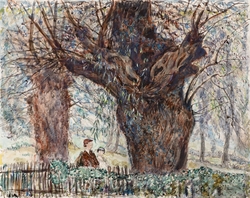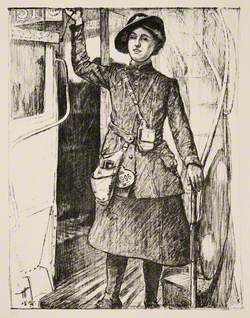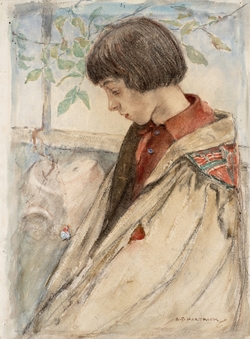How you can use this image
This image can be used for non-commercial research or private study purposes, and other UK exceptions to copyright permitted to users based in the United Kingdom under the Copyright, Designs and Patents Act 1988, as amended and revised. Any other type of use will need to be cleared with the rights holder(s).
Review the copyright credit lines that are located underneath the image, as these indicate who manages the copyright (©) within the artwork, and the photographic rights within the image.
The collection that owns the artwork may have more information on their own website about permitted uses and image licensing options.
Review our guidance pages which explain how you can reuse images, how to credit an image and how to find images in the public domain or with a Creative Commons licence available.
Notes
Add or edit a note on this artwork that only you can see. You can find notes again by going to the ‘Notes’ section of your account.
These prints record the vital contribution made by women as part of the war effort. When more men were required for fighting in 1915, there was a call to women to ‘do their bit’. By taking on jobs in areas traditionally reserved for men the female workforce raised levels of production both in factories and in fields. Although much of the work was both arduous and dangerous, the war allowed many women an unprecedented degree of freedom and an opportunity to demonstrate their abilities in previously male-dominated spheres. Hartrick was sent to make studies on the spot, and many of the compositions seem deliberately posed. As propaganda images they give no indication of the hardships and hazards that women faced on a daily basis. This work forms part of the portfolio ‘The Great War: Britain’s Efforts and Ideals’, a series of 66 lithographic prints commissioned by the Ministry of Information in 1917.
Title
On the Railways: Engine and Carriage Cleaners
Date
1917
Medium
lithograph on paper
Measurements
H 51.5 x W 40.2 cm
Accession number
NMW A 13207
Acquisition method
gift from H. M. Ministry of Information, 1919









